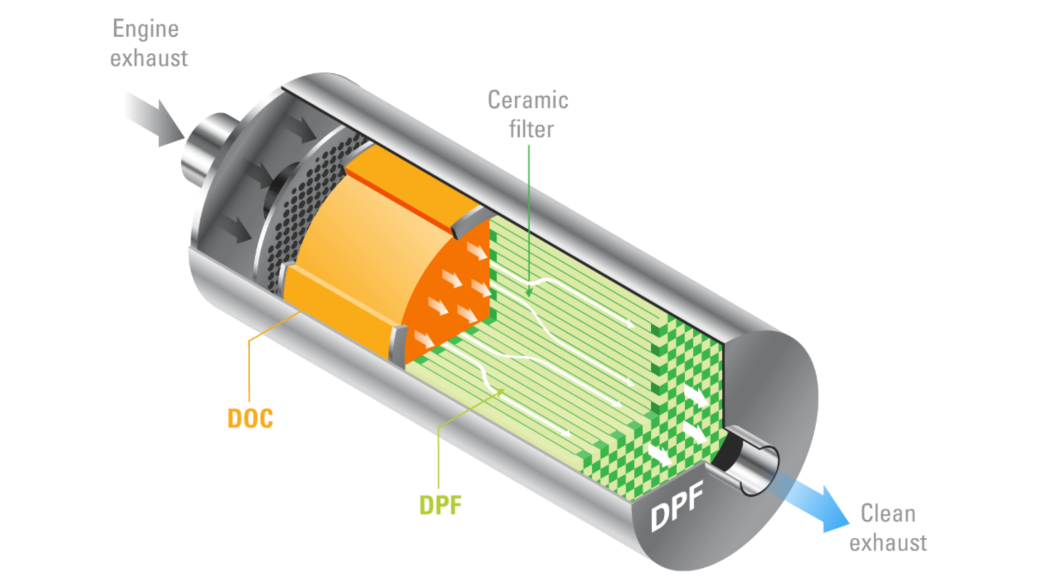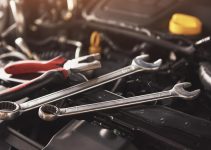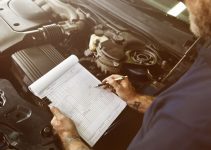Kicking things off under the hood of countless diesel-powered vehicles lies an unsung hero working tirelessly to keep the air clean: the diesel particulate filter, or DPF for short. This vital component captures soot and ash particles, preventing them from being released into the atmosphere. It’s pretty crucial for maintaining the health of both your vehicle and the environment.
Filtered out particulates mean cleaner exhaust, meeting tough emission standards, and ensuring that your ride runs smoothly. But like any other part, a DPF won’t last forever; it needs regular check-ups. If you notice a dip in engine performance or get a dashboard light that looks like a filter with soot, it could be time to see more here and take a closer look at your DPF. And guess what? You can handle a lot of this in your very own garage – to dive deeper, let’s roll up our sleeves and dive in!
Notably, a well-functioning DPF does more than just cut down on emissions—it can also boost your vehicle’s performance and efficiency. A clogged filter strains the engine, reducing its power and increasing fuel consumption. That’s why keeping an eye on your DPF isn’t just about being eco-friendly; it’s also about ensuring you’re getting the most out of your diesel engine, mile after mile. Scheduling regular DPF maintenance is akin to taking your car to the gym—it keeps everything running strong and avoids the pitfalls of neglect.
Interestingly, modern advancements in DPF technology have made them more efficient and reliable than ever. Innovations in filter materials and regeneration strategies have enabled these components to capture finer particles and last longer before requiring maintenance. This has led to a positive impact on vehicle health, as engines work less to expel emissions and are less prone to DPF-related problems. Moreover, with regulatory bodies around the world tightening emission standards, the DPF’s contribution to environmental conservation has become more critical. It’s a textbook example of how evolving technology in automotive components can contribute to greater sustainability on our roads.
Table of Contents
Equipping your home garage for DPF maintenance and care
Embarking on the DPF maintenance journey starts in a place of oily hands and weekend projects: the home garage. But before diving into the nuts and bolts of DPF care, you’re gonna need a toolbox that’s up to the task. Make space for a DPF cleaning kit, including specialized brushes and cleaning fluid. Don’t forget proper safety gear, like gloves and goggles, because safety never takes a backseat. Think “organized chaos” when you’re setting up your space. Pegboards for hanging tools, labeled bins, and a sturdy workbench can turn a cluttered garage into a DPF sanctuary. With everything neatly in place, it’s easier to focus on the task at hand—keeping that DPF in tip-top shape.
While equipping your garage, it’s also smart to invest in some diagnostic tools. A good-quality OBD (On-Board Diagnostics) scanner can help you interpret DPF-related error codes and monitor the filter’s status. These gadgets are the crystal balls of the automotive world, giving you insight into potential problems before they become major setbacks. With the right tools in your arsenal, you’ll be mastering the art of DPF maintenance and warding off any unwelcome surprises.
Home-based DPF cleaning: A step-by-step DIY approach
When the time comes for a DPF cleaning, having a solid DIY plan can save the day (and a bunch of cash). Typically, every few thousand miles, depending on how hard you’ve been pushing the pedal, your DPF will whisper – or shout – for a clean-up. T
his process involves removing the filter, applying the cleaning solution, and gently brushing off the soot. It’s a process of patience and care. The upside? Doing it yourself means understanding your vehicle like never before, preventing potential issues, and extending the life of your DPF. After all, nothing says ‘I care’ more than a personal touch when it comes to vehicle maintenance.
Choosing the right parts: A guide to DPF components and accessories
Let’s talk shopping—but not the usual retail therapy. We’re on the hunt for quality DPF components and accessories. The market can be a maze of OEM (Original Equipment Manufacturer) and aftermarket parts, each with their own pros and cons. OEM parts promise a snug fit and peace of mind but can leave your wallet feeling light.
Aftermarket components, on the other hand, offer variety and affordability but can be hit or miss in quality. Want to avoid buyer’s remorse? Dive deep into reviews, ask the pros, and prioritize reputable brands. Your DPF – and your diesel engine – will thank you for not cutting corners when it comes to picking the right parts.
A breath of fresh air: Managing garage ventilation during DPF work
Last but definitely not least, let’s clear the air—literally. Handling a DPF got a messy side, with diesel particulate matter creating a dusty cloud. Regular exposure to this stuff isn’t exactly a recipe for good health—remember, these filters capture toxins for a reason. That’s why nailing down your garage’s ventilation is key.
Whether it’s investing in a proper extraction system or strategically placing fans, maintaining a flow of fresh air is non-negotiable. Besides, a well-ventilated space isn’t just a health must-have; it can also boost the longevity of your tools and equipment. So give your garage the lungs it needs to breathe easy, and you’ll set the stage for a healthier, happier spanner session every time.







